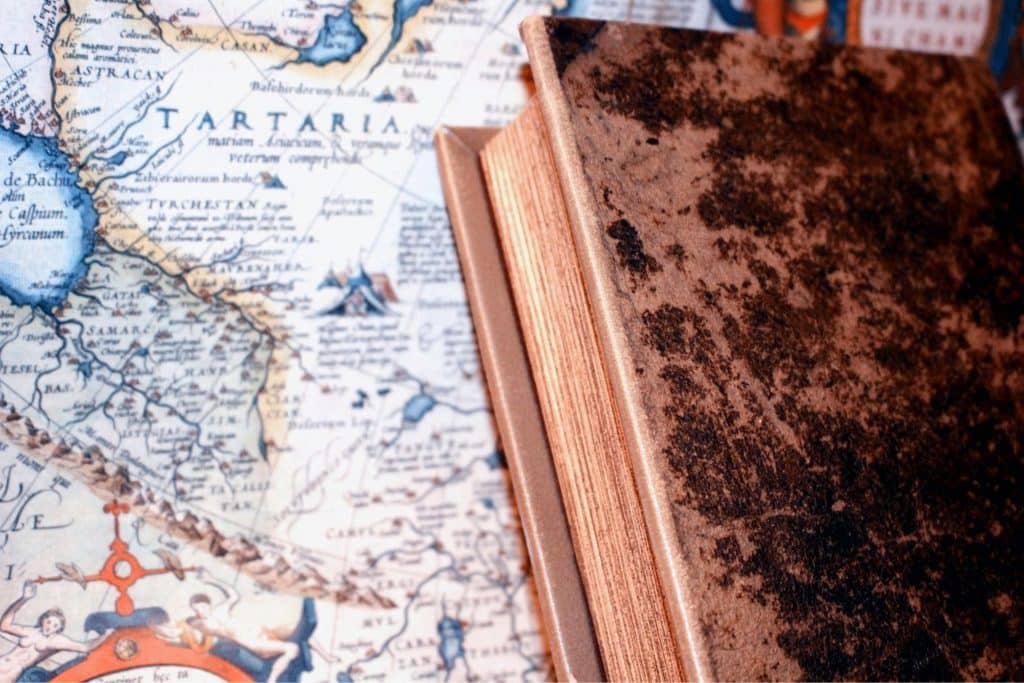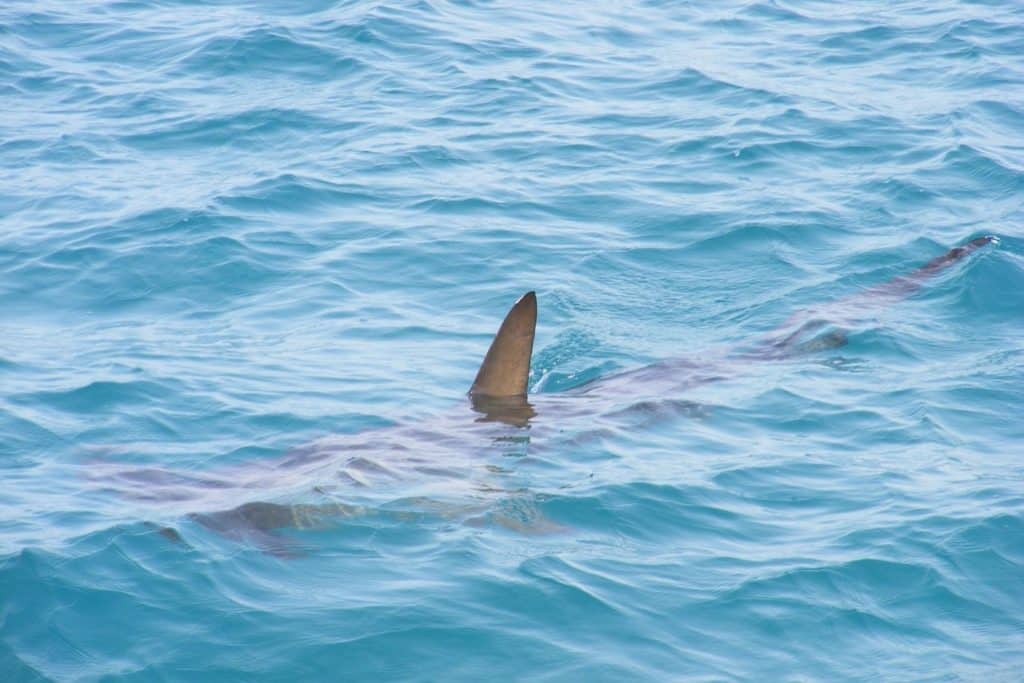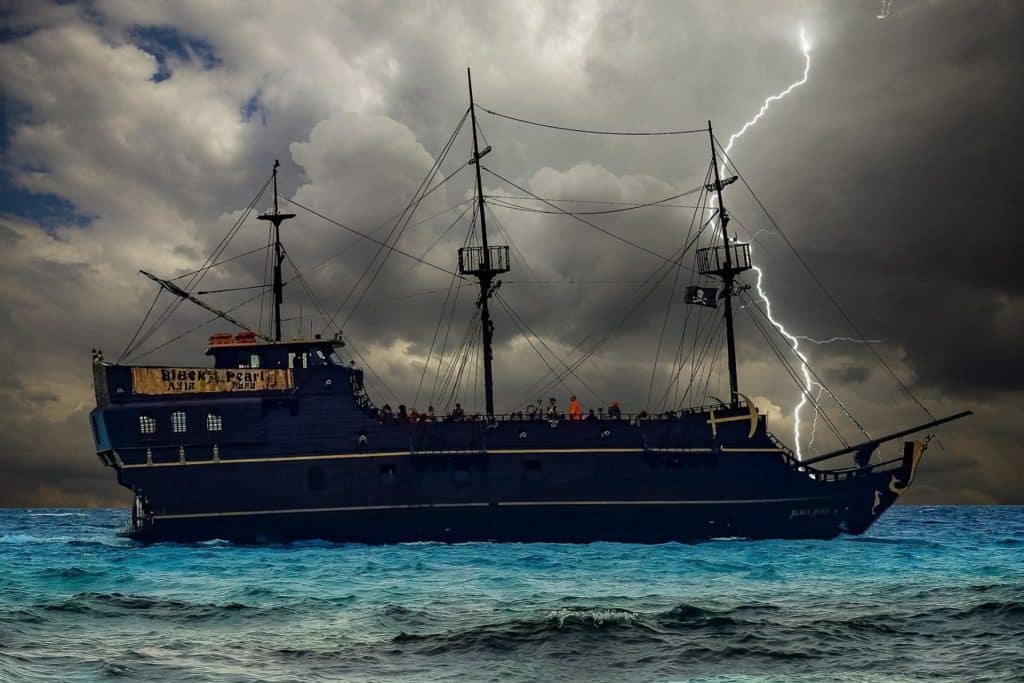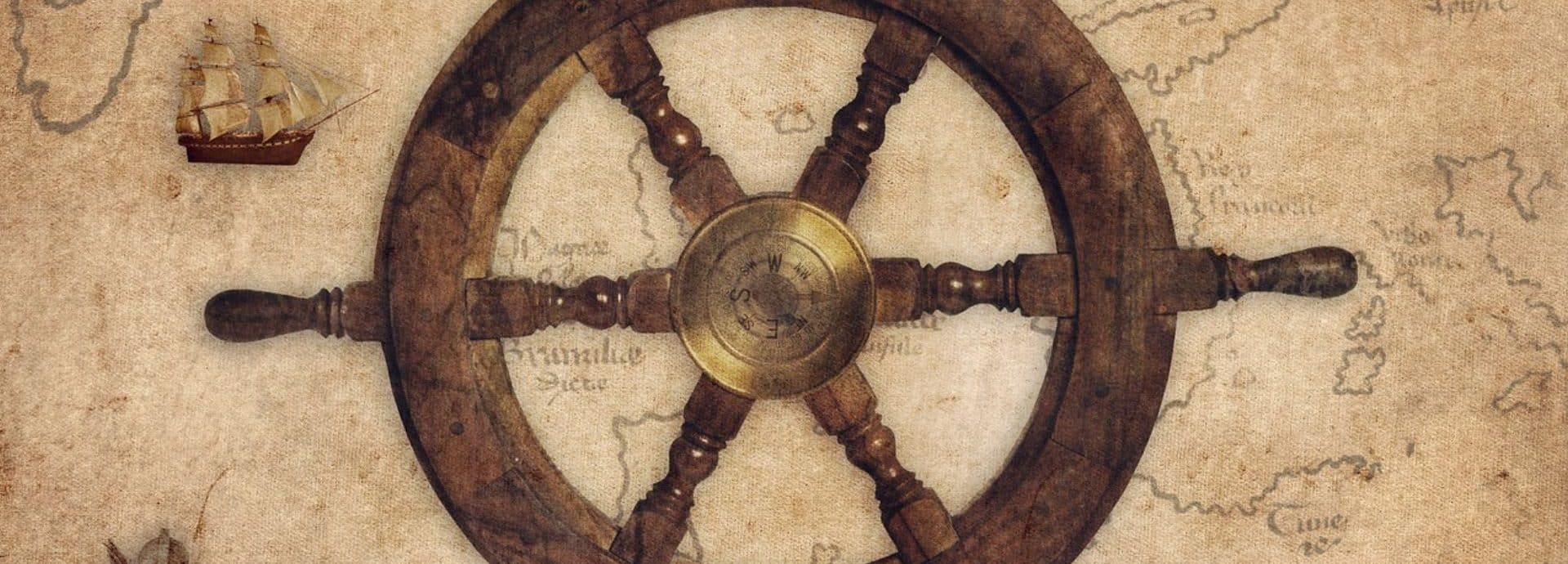Sailors are very superstitious folk, which is perhaps unsurprising given the dangers they often face as they carry out their jobs. Anything that could be interpreted as a sign that the voyage would be a fruitful one would be welcomed with open arms, while anything more nefarious would be given a wide berth.
Some of these superstitions date back several hundred years. Some are more logical than others. Here’s just a taste of the kinds of things sailors believed in.
Pre-Voyage
Before a ship had even set sail, there were several things that sailors tried to avoid.
Perhaps the most famous maritime superstition of them all is the idea that changing the name of a ship is bad luck. Legend has it that Poseidon, the Greek god of the sea, has a ledger (book) in which he keeps track of the name of every sea-going vessel. Changing the name is seen as a challenge and as an attempt to try and out-smart him, which would incur his wrath. To avoid any bad luck, the original name must first be purged from Poseidon’s book in a de-naming ceremony, before the new one is adopted.

Certain people weren’t even allowed to board a ship because of superstitions. These people were often labelled as ‘Jonahs’, after the biblical prophet Jonah who defied God’s instructions, was thrown overboard by the crew of the ship he was sailing on after trying to run away from his actions, and was swallowed by a whale.
People considered to be ‘Jonahs’ included priests and clergymen (because of their association with funerals), women (who could ‘distract’ the male crew from their duties), and redheads. With the latter, if a sailor encountered a redhead before boarding their ship, the bad luck could be avoided if they spoke to the redhead first rather than the other way around. As for why they were even considered bad luck in the first place, that much is unclear.
It was also considered unfavourable to set sail on certain days. This included Thursdays (named after the Norse god of thunder Thor), Fridays (the day of the week that Jesus was crucified), and the first Monday in April (the day that Cain killed Abel and was exiled). Sundays, by comparison, were considered lucky.
Animals
There are many maritime superstitions related to animals, with different creatures representing a different fate or fortune.
For instance, if a shark followed a ship then it was seen as a sign that a crew member was going to die imminently. Similarly, manta rays – sometimes known as devilfish or sea devils – were believed to cling to the ship’s anchor and drag the ship down to a watery grave.

But not all animals were regarded as bad luck or an ill omen. Cats were often more than welcome on a ship, albeit for practical reasons as they would hunt any rats or mice that had stowed aboard.
Some sailors had a rooster or a pig tattooed onto their foot, as it was thought these would show them the way to shore if they went overboard. The supposed origin of this is the fact that livestock would often be transported in wooden crates that could float, meaning that if a ship sank the animals inside the crates were likely to survive and were simply washed ashore.
And, swallows were often a welcome sight and the inspiration for other tattoos. As migratory birds, they often travel vast distances but always managed to find their way home no matter what. And, as they are primarily land-based, if one was spotted then it was a sign that solid ground was not too far away.
Finally, some animals were seen as both good and bad luck depending on circumstances. Albatrosses – some of the largest seabirds on the planet – were believed to carry the souls of dead sailors. If you saw one it was considered good luck, but that luck would flip if the bird was killed by a member of the crew.
The British Library credits this superstition to the 1798 poem ‘The Rime of the Ancient Mariner’ by Samuel Taylor Coleridge. In the poem, a ship becomes trapped in the ice of the South Pole, with the crew believing that they owed their eventual escape to a friendly albatross that had been following them for some time. However, when the titular mariner uses a crossbow to kill the bird, the ship is cursed. It is only when the mariner realises the error of his ways that the curse is lifted.
Food
At one point in history, bananas were seen by sailors as being a particularly unlucky cargo for a ship to carry. There are several suggested reasons for this. Ships transporting bananas had to move quickly in order to deliver them to their intended destination before they went off. These rushed, hasty voyages may have been more likely to result in shipwrecks owing to the crew taking too many risks in an attempt to gain time.

Large crates of bananas could also easily hide a poisonous spider or snake that could bite unsuspecting sailors. And, more scientifically, ripening bananas release something called ethylene gas, which would have caused any other fruits being transported in close proximity to ripen quicker and therefore spoil quicker.
Other food and drink-related superstitions include it being considered bad luck to stir a cup of tea with a knife or fork, and to pass the salt pot directly from one sailor to another without it first being put down on a table.
Furthermore, sailors like Lewis Billing – whose fisherman’s loft the Museum has a recreation of in our Cornish Quayside gallery – believed it was bad luck to allow lobster pots and new fishing nets to be used on a Friday.
Weather
It’s little wonder that there are several weather-related superstitions in the maritime world.
Even something as innocuous as whistling could be considered bad luck. This was something Lewis Billing also believed in. It was seen as a way of challenging the wind and causing a storm to whip up. However, to some it could cause the wind to pick up just enough to cause the ship to speed up and reach its destination sooner.

Perhaps the most visually dramatic weather-related superstition is St Elmo’s Fire. St Elmo’s Fire is a weather phenomenon – named after the patron saint of sailors – where bursts of continuous atmospheric electricity create blue or purple sparks around rod-shaped objects like church steeples, airplane wings – or the masts of ships. As a scientific concept it wasn’t until the 1870s that it began to be understood, despite sailors having recorded seeing it for thousands of years.
Like several of the other superstitions included in this post, whether it was considered good or bad luck varied from sailor to sailor. It could be bad luck as it often accompanies bad weather and can indicate an imminent lightning strike. Indeed, Shakespeare used it as the harbinger of the titular storm in The Tempest. It could also be good luck, interpreted as a sign that St Elmo was looking out for the crew of a ship and was protecting them as they sailed through rough weather. Or, if seen at the tail end of a storm, it was a sign that St Elmo was listening to the sailors’ prayers and that things would soon calm.
If you enjoyed this blog post, check out our guide to ten maritime words or phrases used every day.



